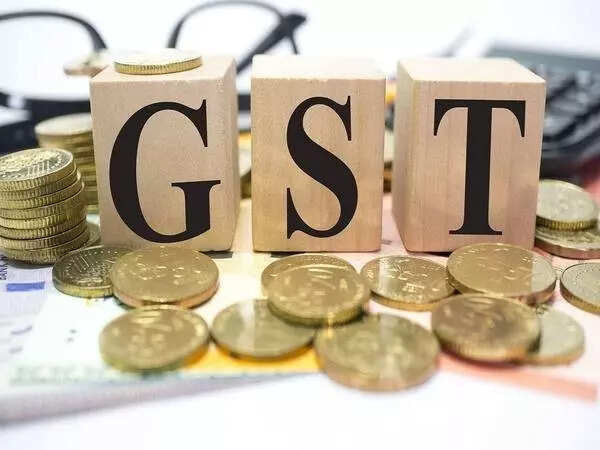Goods and Services Tax (GST) collections in India surged by 16.4% to ₹2.01 lakh crore in May, marking the fastest expansion since October 2022, propelled by a significant increase in import taxes. Collections from imports rose by 25.2%, while domestic sources saw a 13.7% increase. However, state-wise collections varied widely, with some states experiencing declines.
Okay, here’s a blog post reimagining the GST collection news, written in a conversational tone and aiming for engagement, clarity, and a touch of informed opinion.
GST Roars Back to Life: Is This the Soundtrack of a Booming Economy?
The taxman’s got a spring in his step lately, and for good reason. The latest GST (Goods and Services Tax) figures are in, and they’re not just good, they’re stellar. We’re talking a 16% jump in collections compared to last year, marking the fastest growth since, hold on to your hats, October 2022. That’s a long time in economic terms!
So, what’s behind this sudden burst of revenue? Are we all suddenly buying more stuff? Are businesses finally getting their compliance act together? Or is it a perfect storm of factors brewing beneath the surface? Let’s dive in and unpack this fascinating development.
First things first, a 16% increase isn’t just chump change. It’s a significant upswing that hints at some real momentum in the Indian economy. Think about it: GST is levied on almost every transaction, from your morning coffee to that new laptop you’ve been eyeing. More GST means more economic activity, plain and simple. It’s a broad-based indicator, unlike, say, booming stock markets that might only reflect the wealth of a small segment.
One potential reason for this surge is, of course, inflation. While we’d all rather not think about rising prices, they do have the side effect of boosting tax collections. When things cost more, the tax on those things naturally goes up. However, a 16% increase feels like it’s driven by more than just inflated price tags. It suggests genuine volume growth, meaning people and businesses are actually doing more.
Another factor likely at play is improved GST compliance. Remember those initial teething problems with the GST system? Businesses struggling to adapt to the new rules? Well, it seems many have finally gotten the hang of it. The government has also been cracking down on tax evasion, using data analytics and other tools to identify and pursue those trying to game the system. This increased enforcement is undoubtedly contributing to higher collections.
But here’s where it gets interesting. A jump in GST isn’t just about more revenue for the government. It’s also a confidence booster. When the government has more funds, it has more flexibility to invest in infrastructure, social programs, and other initiatives that can further fuel economic growth. It’s a virtuous cycle, if managed wisely. Imagine the possibilities: improved roads, better schools, and more support for small businesses. That extra tax revenue could become the seed for even bigger and brighter things.
Now, a little bit of healthy skepticism is always a good thing, right? We need to remember that one month’s data doesn’t make a trend. While the 16% increase is undeniably positive, we need to see if this momentum is sustainable over the coming months. Are we looking at a flash in the pan, or a sustained recovery?
There are also external factors to consider. Global economic conditions, geopolitical tensions, and fluctuations in commodity prices can all impact India’s economic performance, and therefore, GST collections. So, it’s a bit too early to declare a complete victory.
Also, it is worth noting that a section of economists believes that GST rate rationalization may be needed. While GST collections are robust, the current GST structure includes multiple tax rates. This can lead to complexities and potential for disputes. Rationalizing the rates (e.g. by reducing the number of different tax brackets) could simplify the system, reduce administrative burden, and enhance compliance, ultimately leading to even better revenue collection. However, any such changes would need to be carefully calibrated to avoid disrupting economic activity.
However, even with these caveats, the latest GST figures are undeniably encouraging. They suggest that the Indian economy is showing signs of resilience and strength, despite the challenges it faces. It’s a signal that things are moving in the right direction.
The question now is: can we sustain this momentum? Can we continue to improve GST compliance, drive economic growth, and ensure that the benefits of this revenue windfall are shared equitably across society?
The answer, as always, lies in the hands of policymakers, businesses, and citizens alike. We all have a role to play in shaping India’s economic future. And right now, the soundtrack of that future is sounding pretty darn good. Let’s hope it stays that way.
📬 Stay informed — follow us for more insightful updates!







